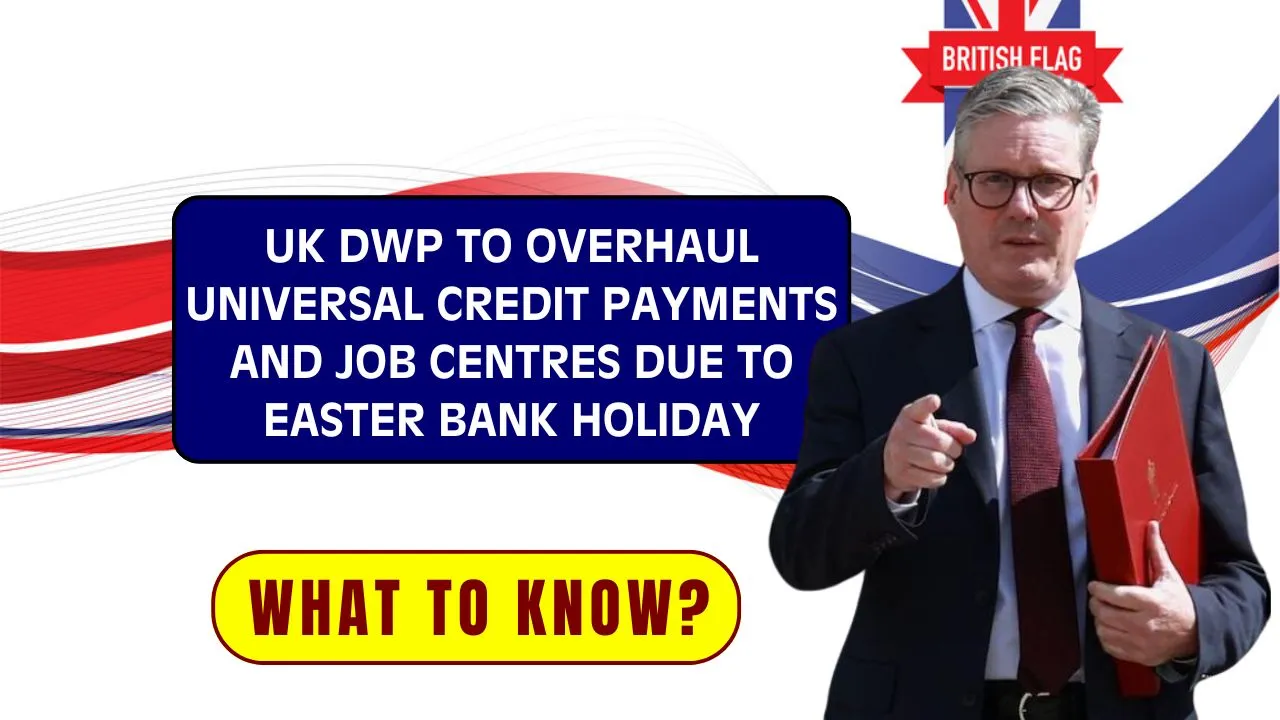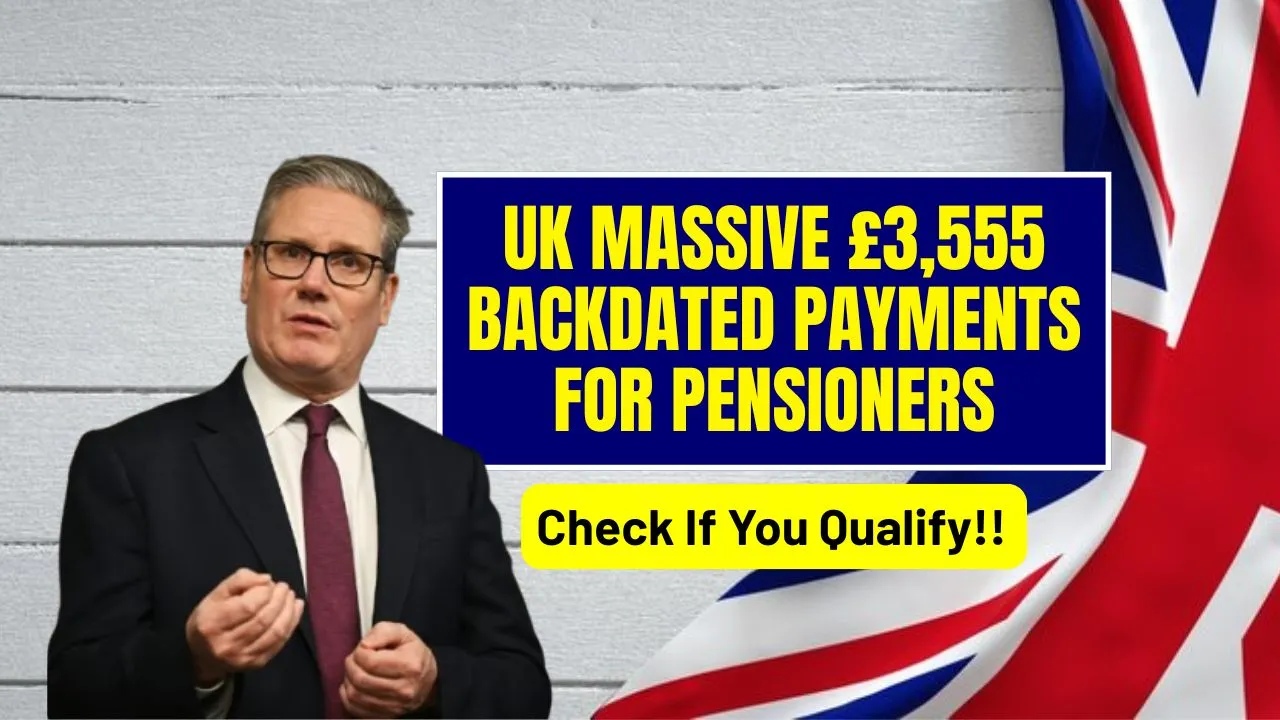PIP cash payments: A major change is coming for disability benefits in the UK. The government has announced plans to stop traditional PIP cash payments, replacing them with a voucher-based system. Starting in 2025, this reform will affect how millions of people receive their Personal Independence Payment (PIP) and other related disability benefits. The new approach aims to better control how support is used while ensuring essential needs are met more directly.
The decision to end PIP cash payments is part of a broader government strategy to improve the efficiency of benefit distribution and reduce misuse. With a surge in mental health-related claims and ongoing concerns about sustainability, the Department for Work and Pensions (DWP) is now focusing on targeted assistance. Here’s what you need to know about the replacement system, eligibility, concerns, and what happens next.
PIP cash payments – Why the Change is Happening
The UK government is shifting away from PIP cash payments due to rising application rates, particularly for conditions like anxiety and depression. Over 3.3 million people currently receive PIP. As claims related to mental health rise, the government is reassessing how resources are allocated and spent.
One core aim of the reform is to make sure that support reaches those with the most significant needs, especially by encouraging individuals with milder conditions to rejoin the workforce. The voucher system is designed to provide necessary items and services while reducing opportunities for misuse of public funds.
Certainly! Below is a clear and concise overview table based on the article content about the transition from PIP Cash Payments to the new voucher-based system:
Overview Table – PIP Cash Payments Replaced by Vouchers
| Feature | Previous System (Cash Payments) | New System (PIP Vouchers) |
| Payment Method | Direct bank transfer | Prepaid voucher/card or digital voucher |
| Usage | Unrestricted (cash spendable anywhere) | Only for disability-related goods/services |
| Average Monthly Support | Approx. £570 | Equivalent value in essential products/services |
| Risk of Misuse | Higher – can be spent on non-essential items | Lower – limited to approved purchases |
| Privacy Concerns | Private spending | Public use may raise stigma, but digital anonymity planned |
| Eligibility | Based on disability/mobility needs | Same, but with added proof of condition’s impact on life |
| Administration | Manual processing | Centralized, automated system |
| Rollout Timeline | Current system (being phased out) | Pilot in mid-2025, full implementation by end of 2025 |
| Spending Control | Full control by recipient | Controlled, disability-focused spending |
| Additional Support | Not condition-specific | Supplementary allowance possible for special needs |
What Will Replace Cash Payments?
Under the new system, the familiar monthly PIP cash payments—which previously averaged around £570—will be replaced by vouchers. These vouchers will act like prepaid cards or catalogs that can be used to buy approved items such as mobility equipment, healthcare supplies, or work support tools. This model promotes responsible spending and supports independence for those with disabilities.
How PIP Vouchers Work
Instead of unrestricted bank transfers, vouchers will be used at approved outlets and online platforms that cater to disability needs. Here’s a comparison of the current and new systems:
| Feature | Cash Payments | PIP Vouchers |
| Form | Direct bank transfer | Prepaid card/voucher |
| Usage | Unrestricted | Specific to disability-related products/services |
| Risk | Higher misuse potential | Controlled, trackable spending |
| Administration | Manual | Centralized, automated system |
By implementing this structure, the DWP aims to simplify the benefit experience for recipients and reduce fraud.
Benefits of Moving to a Voucher System
Replacing PIP cash payments with vouchers brings multiple potential advantages:
- Fraud prevention: Vouchers can’t be used for unrelated purchases, helping reduce abuse.
- Better targeting: Ensures support is used on actual disability-related expenses.
- Simplified processing: Automated systems reduce delays and errors.
- Support for budgeting: Helps individuals who struggle with managing lump-sum cash.
This method is especially helpful for claimants with cognitive challenges, allowing for better money management and prioritization of health needs.
Updated Eligibility for PIP Vouchers
To receive vouchers instead of PIP cash payments, applicants must meet updated eligibility requirements:
- Have a long-term medical condition that impacts mobility or daily living
- Show the need for ongoing support or work limitations
- Be a UK resident for at least three years
These rules are designed to ensure that assistance is reserved for individuals with genuine and serious needs.
Concerns and Social Implications
Though the voucher system offers benefits, it also brings potential drawbacks. Critics argue that it may limit personal freedom and lead to stigma. Using vouchers only at specific outlets could make some people feel exposed or judged.
There are also concerns about limited flexibility. Not all disability needs fit neatly into a voucher system, especially if an individual’s requirements are unique or outside the listed services.
To address these concerns, the government is planning to launch anonymous digital vouchers. Additionally, the list of approved retailers is expected to grow to include mainstream providers, reducing stigma and increasing accessibility.
Government’s Roadmap and Implementation
The government has outlined a gradual transition plan in a recent DWP green paper. The timeline is as follows:
- Mid-2025: Pilot programs begin in select areas.
- Late 2025: Full implementation of voucher system across the UK.
- 2023–2028: A 52% budget increase is projected to support system upgrades and service expansion.
During the rollout, recipients of PIP cash payments will be notified of their transition date and will receive information on how to use the new voucher system.
Conclusion
The UK’s decision to phase out PIP cash payments and introduce a voucher system marks a significant change in disability support policy. While it promises greater accountability and reduced misuse, success depends on how well it balances control with respect for beneficiaries’ privacy and autonomy.
For those who rely on PIP, staying informed is essential. As the transition unfolds, it’s important to keep personal details up to date with the DWP and watch for official communication on your eligibility and next steps.
FAQs About PIP Voucher System
What is replacing PIP cash payments in 2025?
Vouchers that can be used for disability-related goods and services will replace direct cash payments.
Who qualifies for the new voucher system?
Those with long-term health conditions affecting daily life or mobility, who also meet residency requirements.
When will the PIP voucher rollout begin?
Pilot programs begin mid-2025. Full implementation is expected by the end of 2025.
Can vouchers be used like cash anywhere?
No, vouchers are only accepted at approved outlets and for specific items.
Will this change affect my current PIP payments?
Yes, if you’re eligible under the new rules, your cash payment will be transitioned into the voucher format.
How can I apply for the voucher system?
Applications will still go through the DWP. Details will be shared closer to rollout.
Will I still get the same amount as before?
Not necessarily in cash, but the value in services or products will match previous payment levels.
What if I need something not covered by the vouchers?
A special allowance may be introduced for essential items not listed in the system.
Are there any exceptions to the new system?
Some severely disabled claimants may still receive partial cash support in specific cases.
How will privacy be protected?
Digital voucher systems will use anonymous payment methods to keep user identity confidential.







